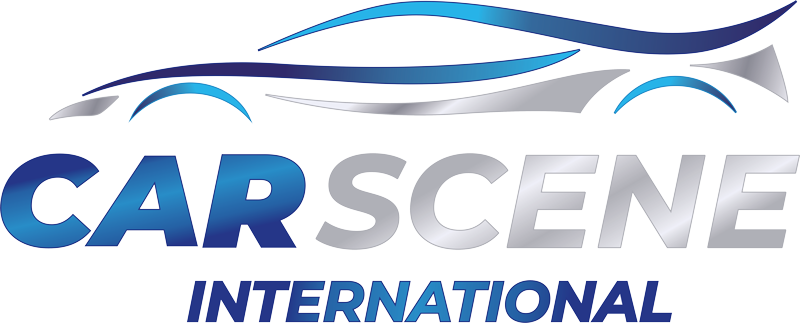Here is a brief introduction to Ralph Broad and his renowned ‘Team Broadspeed’ that became a legend on the race circuits of Britain and mainland Europe in the 1960s thru’ the 1980s –
Ralph Broad was born in Birmingham in 1926. In 1941, at the tender age of 15, he took over the family garage in Sparkbrook, Birmingham. In 1959 he was one of the first people to see the potential of the newly introduced Austin 7 (Mini) for saloon car racing. Driving himself, in 1959, he won his class at Silverstone, smashing the previous 850cc lap record.
He then started selling a full race conversion kit to other racers. This enterprise was very successful and led to the formation of ‘Team Broadspeed’ in 1962, competing against the factory-backed Mini Coopers in Group 3 of the British Touring Car Championship. Team Broadspeed was so successful that BMC asked Ralph to represent the “works” with his team of Minis in the European Saloon Car Championship.

In 1965, Broadspeed began to transition its support from BMC to Ford products after Broad was approached by Ford with an offer to begin campaigning the Ford Anglia, and later the Escort. In 1971, John Fitzpatrick would win four British Touring Car Championship races in a Broadspeed Anglia.
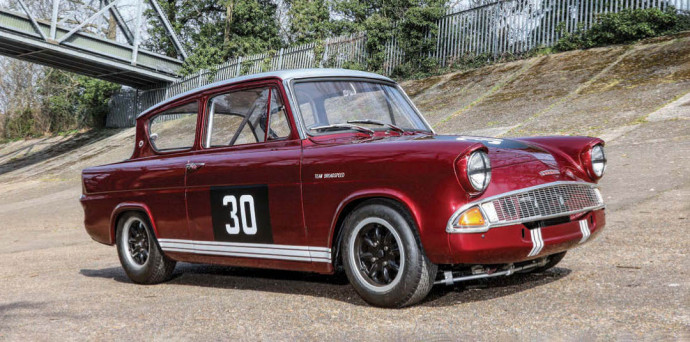
In 1966 Ralph decided to build his own version of the Mini. This had a modified ‘Fastback’ designed by Tony Bloor, Broadspeed‘s sales manager, it was named the Broadspeed GT. Production ceased when the company had to vacate the Sparkbrook premises in 1968. It is believed that by then 28 cars had been built. Since then a number of replicas have been and continue to be produced. The design and production were taken up by Brian Foley, a racing driver residing in Sydney, Australia. He developed the Broadspeed GTS version.
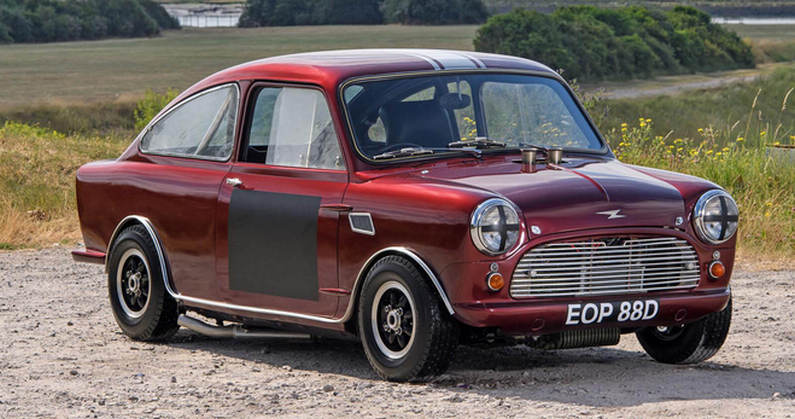
In 1968 the Sparkbrook workshops were due to be demolished to make way for a ring road, so Ralph moved his operation to Southam, Warwickshire. His team, as well as running a Ford dealership, did early development work on a turbocharged version of the Rolls-Royce V8 engine (that would eventually emerge as the Bentley Mulsanne turbo in the 1980s), as well as consultancy work for TVR and Opel. He offered a turbo conversion for the Ford Capri called the Bullit.
In 1975, Broad got a contract to prepare Jaguar XJ Series II V12 Coupes for entry in the Group 2 class of the European Touring Car Championship. Despite the best efforts of Andy Rouse and Derek Bell, they were not competitive with the much lighter BMW 3.0L CSL. For financial reasons, British Leyland elected to discontinue support for the Jaguar racing entries in the ETCC.
A tragedy befell Ralph’s family in 1976 when his daughter, Jackie, was killed in a vehicle accident. Ralph was following his daughter, at some distance and was the first to arrive at the devastating scene. It is thought that this weighed heavily on Ralph thereafter and was one of the reasons for him selling the business, in 1977, to a former Mini-racing colleague, John Handley, before retiring to Portugal.

The Healey – Broadspeed Connection
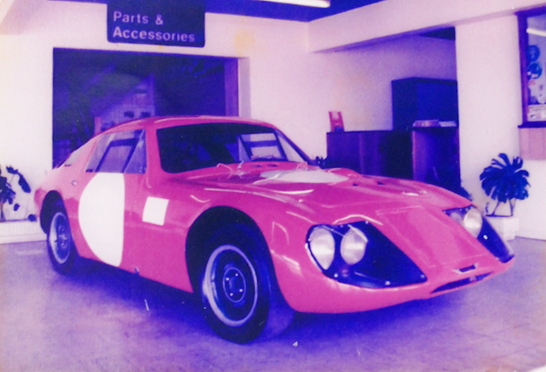
At the ‘Broadspeed Collection’ presentation, held at the British Motor Museum on Friday 17th March 2023, among the memorabilia on display, I noticed a photograph of a 1966 Healey Sprite Le Mans Prototype car. At first, I thought that was quite odd because all the other photos were of cars that had been raced by ‘Team Broadspeed’ and to my knowledge they had never raced a Healey. I did some research and whilst, as of now, I haven’t found any mention of Broadspeed being involved with the car in the photograph, I have found a reference to another Healey that Broadspeed did have an involvement with – the Healey Fiesta.
Soon after Leonard Lord bought the rights to build the Healey 100, badging it Austin Healey 100, in 1952 Healey stopped building series production motor cars. Donald, his son Geoffrey and right hand man Roger Menadue concentrated on building record-breaking and race cars. At around the same time, they formed a subsidiary company called Healey Automotive Consultants Limited (HACL) When Donald Healey’s contract with British Leyland was terminated by Lord Stokes in 1969. Donald and Geoff devoted more time to HACL, probably the most well-known and relatively successful ones were the Healey Frogeye project owned by Keith Brading on the Isle of Wight and the Jensen-Healey. There were many other ventures but sadly non of them resulted in series production cars. One of those cars was the Healey Fiesta; Ford USA was persuaded that they needed a small sporting car for the North American market. Although Healeys had not been sold in that market for a number of years the name was still revered by American drivers with a sporting inclination. On that basis, HACL was asked to develop a sporting version of the American specification Fiesta which would be badged ‘Ford Fiesta by Healey’. Healey asked Broadspeed to tune the 1600 cc engine, the number of changes to the standard Ford Kent engines was quite extensive including replacing the cylinder head and camshaft and fitting a twin choke Webber carburettor. However, it was another HACL project that ended in failure when Ford decided to pull the Fiesta from its North American product range.
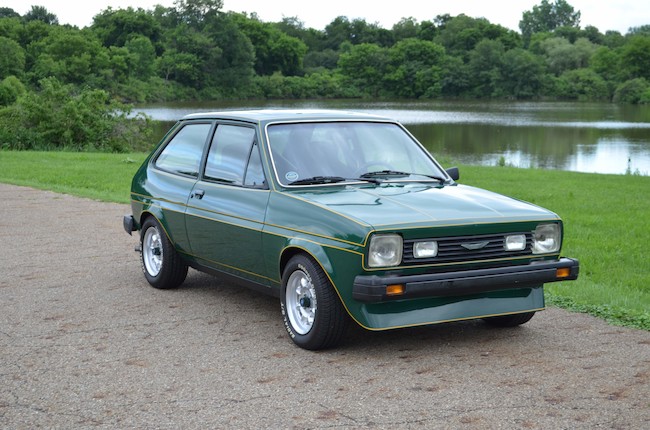
After reading the Healey Fiesta story and Broadspeed’s involvement in it, I realsied that Broadspeed could have also tuned the BMC ‘A’ Seroes engine fitted to the Le Mans Sprite. I will continue with the research.
Nick
© carsceneinternational.com
